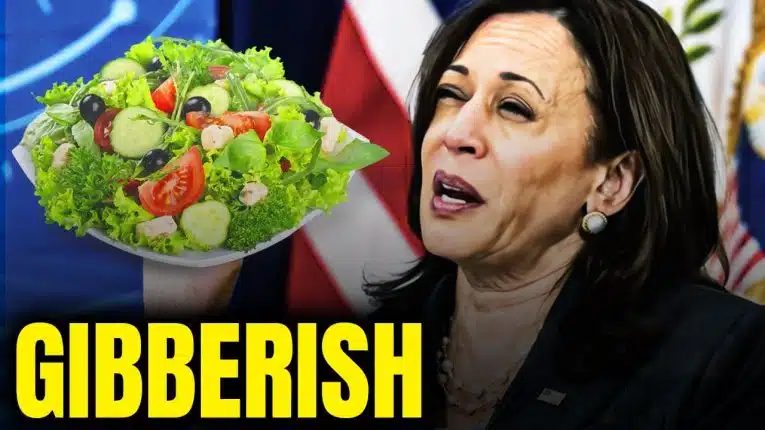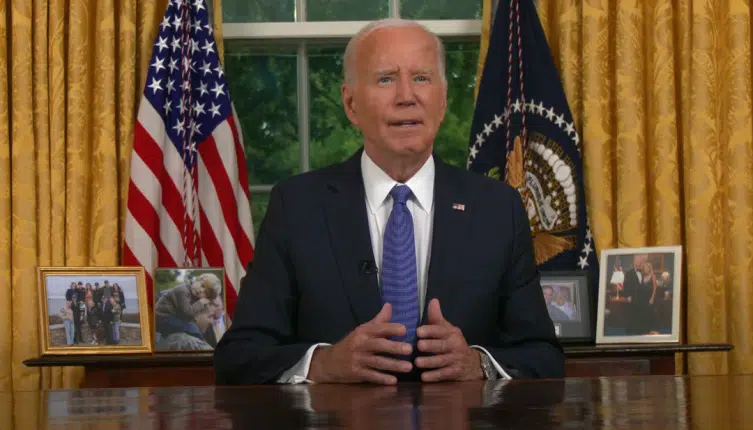By David Nace –

In 1920, the economy’s adjustment to the end of World War I and mistakes in Federal Reserve monetary policy created a severe but short lived recession. Industrial production fell by 30% and unemployment rose from 6% to 12%. The Gross Domestic Product fell by 17%.
President Warren Harding convened a conference on unemployment at the insistence of his Secretary of Commerce, Herbert Hoover. Hoover believed that the government must intervene to stimulate the economy. Presidents Harding and later Coolidge believed that cutting taxes and reducing the Federal budget were the best ways to end the crisis. Long before Professor Laffer’s research on taxation and revenue, Andrew Mellon, the Secretary of the Treasury, predicted that cutting tax rates could increase revenue. Their plan to lower taxes and spending was a success. By 1921, the economy had recovered and by 1923 unemployment was at 2.5%. The decade of the 1920’s produced unparalleled prosperity.
However by 1929, economic prosperity combined with poor monetary policy led to excessive speculation. This speculation ended abruptly in the stock market crash of 1929. However by April 1930, the stock market had recovered from its losses and unemployment had fallen from 10% to a little over 6%.
While Harding, Coolidge and Andrew Mellon had used tax cuts and reduced spending to stimulate the economy, President Herbert Hoover would have none of that. Hoover, a mining engineer by profession believed that experts could make business and government more efficient and eliminate vast amounts of waste. Hoover was experienced in managing mines during his engineering career and in managing relief efforts for Belgium during the WW1 and Germany after the war. He saw this crisis as the perfect opportunity to utilize his management expertise.
Hoover had already demonstrated his belief in government intervention during the recession of 1920, much to the chagrin of Presidents Harding and Coolidge. He regarded himself as a progressive thinker and spent his entire career as Secretary of Commerce expanding the role of the department including areas considered part of other departments. His progressive tendencies encouraged voluntary partnerships between big business and government, which later became the basis of the National Industrial Recovery Act.
After the stock market crash, Hoover was determined to use Federal intervention to stimulate the economy. Even after the stock market started to recover, his pro-labor policies encouraged business to keep wages high, which caused the unemployment to rise again. He began a program of government construction and signed the Davis-Bacon Act that forced the payment of union wages on the newly created government construction projects.
However, perhaps the most damaging legislation he signed was the Smoot-Hawley Tariff, which was supposed to save American jobs, protect farmers and increase federal tariff revenues. Instead it merely thwarted international trade and worsened the Great Depression. By 1931 unemployment had risen again, this time to 16%, far greater than it was after the stock market crash.
Ironically in 1932, Franklin Roosevelt ran on a platform repudiating the reckless and extravagant spending of Hoover administration. In a campaign speech, Roosevelt’s campaign stated that Hoover was leading the country down the path of socialism. Just as in 2009, “Hope and Change” vanished once elected. Instead of putting an end to the federal intervention that was worsening the Great Depression in America, Roosevelt expanded these programs even more to achieve the progressive’s goal of government control of vast sectors of the economy and creation of a loyal voting bloc of dependent voters.
Roosevelt codified the voluntary cooperation between big business and government into the National Industrial Recovery Act, which allowed large corporations to form cartels to set prices in exchange for unionization of their companies. This act kept wages and prices artificially high but greatly increased unemployment especially among small business.
Hoover created the Tennessee Valley Authority as part of a larger plan to allow the Federal government to control the large scale generation of electricity rather than private utilities. This plan was very similar to “Cap and Trade” that is being proposed today.
By 1937, it was obvious to even loyal members of Roosevelt’s cabinet that the massive federal spending was not lowering the unemployment rate. Henry Morgenthau, his Secretary of the Treasury, remarked that after 8 years, unemployment was no lower than when they started and they had accumulated an enormous debt. It was not until the Japanese attacked Pearl Harbor and subsequently 12.3 million Americans joined the military that unemployment subsided. The need for war production provided employment and cost-plus contracts allowed factories to profitably employ workers at the high wages that were mandated.
There are many parallels between the policies enacted by Hoover and Roosevelt and the recent policy decisions by Presidents Bush and Obama, however, because of the research published recently on the Great Depression, we now recognize that it was government intervention that turned the stock market crash of 1929 into the Great Depression. An economic crisis may help to bring self-proclaimed progressives to power. However, their solutions result in years of misery, not the economic prosperity they would like you to believe.
David Nace, an Executive Vice President of a Pennsylvania construction and engineering company, is a Liberty Features Syndicated writer for Americans for Limited Government.






